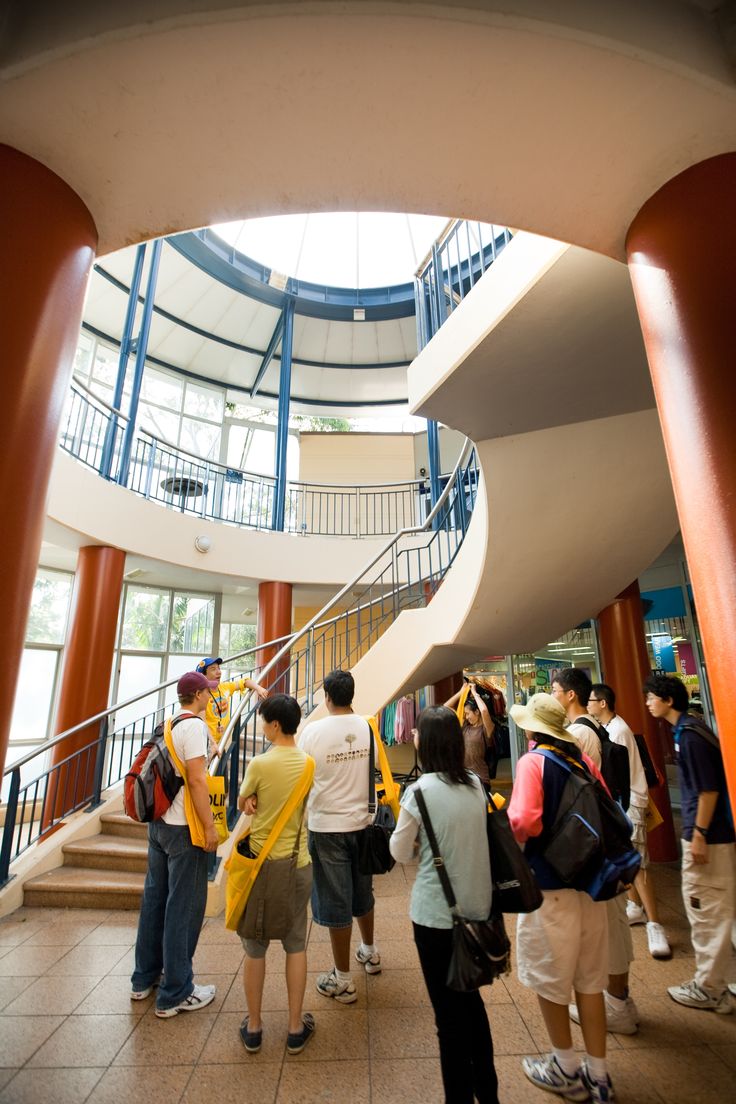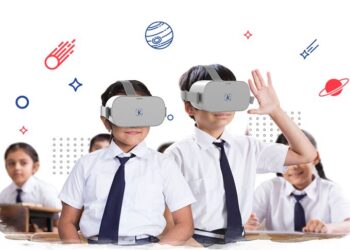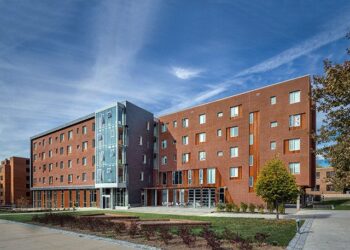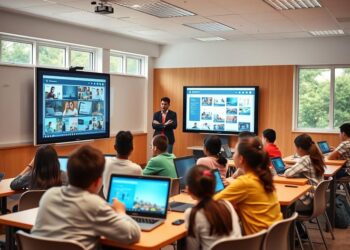In the wake of the global health crisis that reshaped societies worldwide, higher education institutions have undergone profound transformations. The pandemic forced campuses to adapt rapidly, blending traditional elements with innovative approaches to create a more resilient and inclusive environment.
This evolution isn’t just about recovery; it’s about redefining what student life means in a post-COVID era. From hybrid learning models to enhanced mental health support, universities are now prioritizing flexibility, safety, and community building in ways that were unimaginable before 2020.
As we delve into this topic, it’s essential to understand the multifaceted changes that have emerged. These shifts address not only academic pursuits but also social interactions, technological integrations, and overall well-being.
By examining these aspects, we can appreciate how campuses are fostering environments that prepare students for an uncertain future while maximizing engagement and success.
The Shift to Hybrid Learning Environments
One of the most significant changes in campus life post-pandemic is the widespread adoption of hybrid learning systems. Before the crisis, classrooms were predominantly physical spaces where lectures, discussions, and group projects unfolded in person. However, the forced transition to online platforms during lockdowns revealed both challenges and opportunities.
Hybrid models combine in-person and virtual elements, allowing students to choose participation methods based on their needs. For instance, a lecture might be delivered live in a auditorium while simultaneously streamed online, with interactive tools enabling remote questions. This flexibility benefits commuters, international students facing travel restrictions, and those with health concerns.
To optimize this setup for SEO and user engagement, universities are investing in high-quality video production and interactive software. Tools like Zoom, Microsoft Teams, and learning management systems such as Canvas or Blackboard have become staples.These platforms not only facilitate real-time collaboration but also archive sessions for later review, enhancing accessibility.
Moreover, educators are rethinking assessment methods. Traditional exams are being supplemented with project-based evaluations, peer reviews, and digital portfolios. This approach encourages deeper understanding and practical skills, aligning with workforce demands in fields like technology and business.
However, implementing hybrid learning isn’t without hurdles. Bandwidth issues in rural areas can disadvantage some students, prompting institutions to offer subsidies for internet access or device loans. Additionally, training faculty to use these tools effectively is crucial to maintain educational quality.
Enhancing Student Mental Health and Well-Being
The pandemic highlighted the vulnerabilities in student mental health, with isolation and uncertainty exacerbating issues like anxiety and depression. Post-COVID, campuses are reimagining support systems to prioritize holistic well-being.
Many universities have expanded counseling services, introducing 24/7 hotlines, teletherapy options, and peer support networks. Wellness centers now integrate mindfulness programs, yoga sessions, and stress management workshops into daily routines. For example, some schools have designated “quiet zones” on campus for meditation, equipped with ambient lighting and noise-cancelling features.
Nutrition and physical activity have also gained focus. Cafeterias are shifting toward healthier, sustainable menus with options for dietary restrictions, while fitness facilities incorporate virtual classes to accommodate varying schedules. Outdoor spaces are being redesigned with walking paths, green areas, and socially distanced seating to encourage safe gatherings.
To further this, institutions are embedding well-being into curricula. Courses on resilience, emotional intelligence, and work-life balance are becoming electives or mandatory modules. This proactive stance not only aids retention rates but also prepares graduates for real-world challenges.
Data from recent surveys indicates that students value these initiatives highly. According to reports from organizations like the American College Health Association, campuses with robust mental health programs see lower dropout rates and higher satisfaction scores. By addressing these needs, universities are creating supportive ecosystems that foster long-term success.
Revamping Social and Extracurricular Activities
Campus life has always been about more than academics; it’s the social fabric that builds lifelong connections. Post-pandemic, extracurriculars are being reimagined to blend safety with vibrancy.
Clubs and organizations now host hybrid events, such as virtual meetups followed by in-person gatherings for smaller groups. Sports teams emphasize health protocols, with contactless training and spectator limits. Greek life, often criticized for large parties, is pivoting toward community service and virtual philanthropy drives.
Diversity and inclusion efforts have intensified. Campuses are promoting events that celebrate cultural heritage, LGBTQ+ awareness, and accessibility for disabled students. Virtual reality (VR) tours and augmented reality (AR) apps allow remote participation in orientations and festivals, broadening reach.
Sustainability initiatives are also on the rise. Student-led groups are advocating for eco-friendly practices, like zero-waste events and campus gardens. These activities not only build community but also instill values of responsibility.
To engage a broader audience, universities are leveraging social media for promotion, which aligns with SEO strategies by increasing online visibility. Hashtags like #CampusLifePostCOVID trend, drawing prospective students and alumni alike.

Integrating Advanced Technology into Daily Campus Operations
Technology’s role in reimagining campus life cannot be overstated. From contact tracing apps during the height of the pandemic to AI-driven personalization today, innovations are streamlining experiences.
Smart campuses use Internet of Things (IoT) devices for efficient resource management, such as automated lighting in dorms or occupancy sensors in study halls. Mobile apps provide real-time updates on class schedules, campus shuttles, and event alerts, reducing confusion and enhancing convenience.
In libraries, digital resources have expanded exponentially. E-books, online databases, and virtual reality simulations allow for immersive learning without physical constraints. For STEM fields, tools like 3D printers and simulation software enable hands-on experimentation remotely.
Cybersecurity has become paramount, with institutions investing in robust systems to protect data amid increased online activity. Training sessions on digital literacy help students navigate these tools safely.
Looking ahead, emerging technologies like blockchain for credential verification and metaverse platforms for virtual campuses promise even more transformation. These advancements not only improve efficiency but also attract tech-savvy generations, boosting enrollment.
Fostering Inclusive and Equitable Access
Equity has emerged as a core pillar in post-pandemic campus redesign. The crisis exposed disparities in access to education, prompting targeted interventions.
Financial aid programs have been bolstered, with scholarships for low-income students and emergency funds for those affected by economic downturns. Online courses reduce costs associated with relocation, making higher education more attainable.
For underrepresented groups, mentorship programs pair students with alumni from similar backgrounds. Accessibility features, such as captioning in videos and screen readers for websites, ensure inclusivity for those with disabilities.
International students benefit from streamlined visa processes and hybrid orientations, easing transitions. Campuses are also addressing food insecurity through on-site pantries and meal swipe donations.
By prioritizing equity, universities are not only complying with legal standards but also enriching the learning environment with diverse perspectives, which enhances innovation and empathy.
Preparing for Future Crises: Building Resilience
Lessons from the pandemic have instilled a focus on preparedness. Campuses now conduct regular drills for health emergencies and invest in infrastructure like air filtration systems and modular classrooms that can adapt to social distancing.
Collaboration with public health experts ensures updated protocols. Stockpiling supplies and training staff in crisis management fortify readiness.
Sustainability ties into this, with green building practices reducing environmental vulnerabilities. Research centers are dedicating resources to studying pandemics, contributing to global knowledge.
This resilience mindset extends to career services, where students learn adaptable skills like remote work proficiency and crisis leadership.

The Role of Faculty and Administration in This Transformation
Faculty and administrators are at the forefront of these changes. Professional development programs equip educators with tools for hybrid teaching and inclusive pedagogy.
Administrative reforms include data-driven decision-making, using analytics to track engagement and adjust offerings. Transparent communication via town halls and feedback surveys builds trust.
Partnerships with industry ensure curricula remain relevant, incorporating internships and guest lectures.
Student Perspectives on the New Normal
From student surveys, many appreciate the flexibility but miss traditional interactions. Balancing this, campuses are innovating with pop-up events and themed weeks to recapture spontaneity.
Alumni networks are strengthening, offering virtual mentoring to bridge gaps.
Economic Impacts on Higher Education
The pandemic strained budgets, leading to creative funding models like public-private partnerships and online program expansions. These generate revenue while maintaining quality.
Tuition adjustments and value propositions emphasize return on investment, with data on graduate outcomes.
Global Comparisons in Campus Reimagination
Internationally, approaches vary. European universities emphasize outdoor learning, while Asian institutions leverage tech heavily. Sharing best practices globally enriches local strategies.
Challenges and Criticisms
Not all changes are seamless. Privacy concerns with tech, burnout from screen time, and resistance to change pose issues. Addressing these requires ongoing dialogue.
Future Trends in Campus Life
Predictions include AI tutors, personalized learning paths, and sustainable designs. Embracing these will define the next era.
In conclusion, reimagining campus life post-pandemic is an ongoing journey toward innovation, inclusivity, and resilience. By adapting to these changes, universities are not just surviving but thriving, preparing students for a dynamic world.












